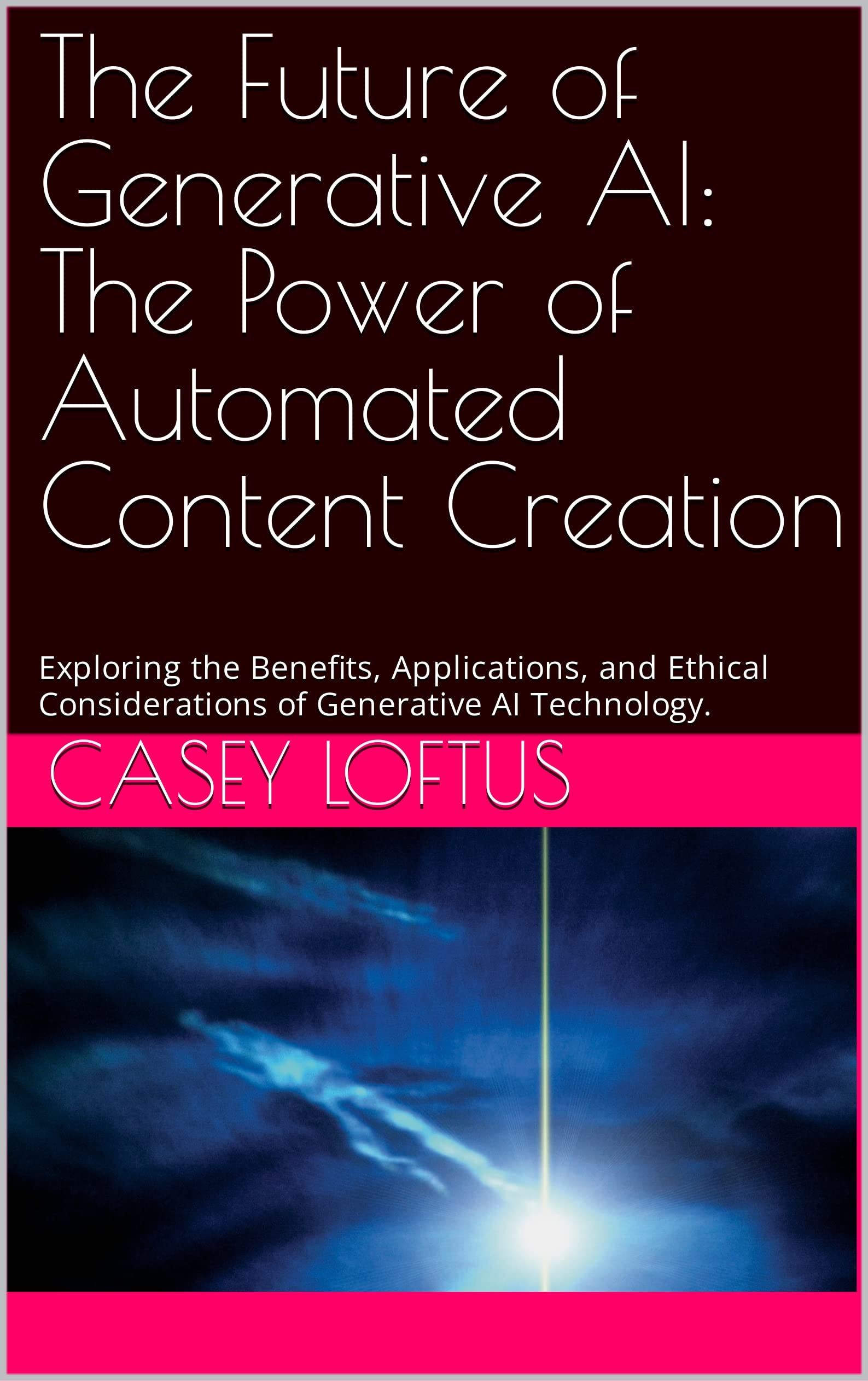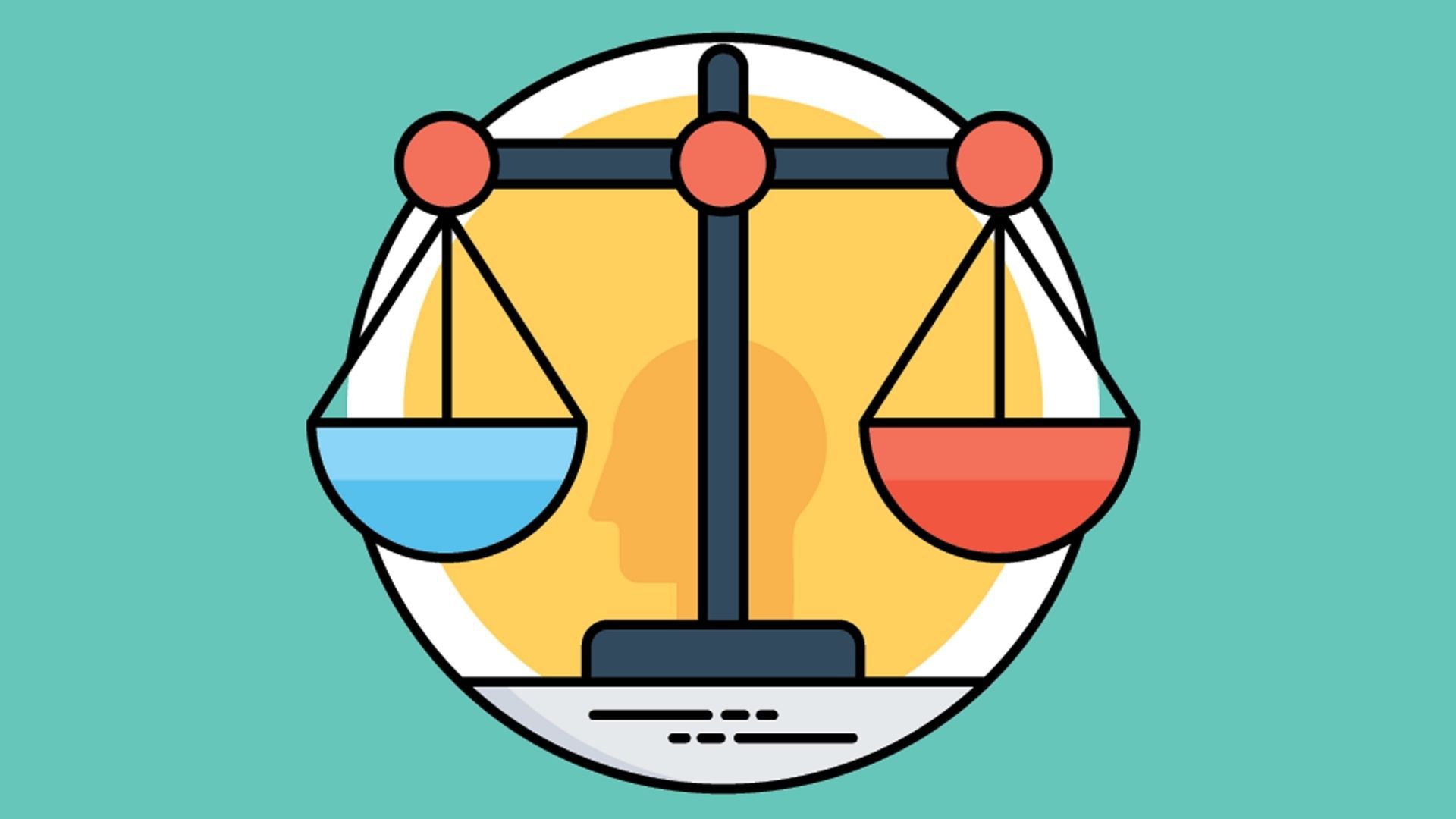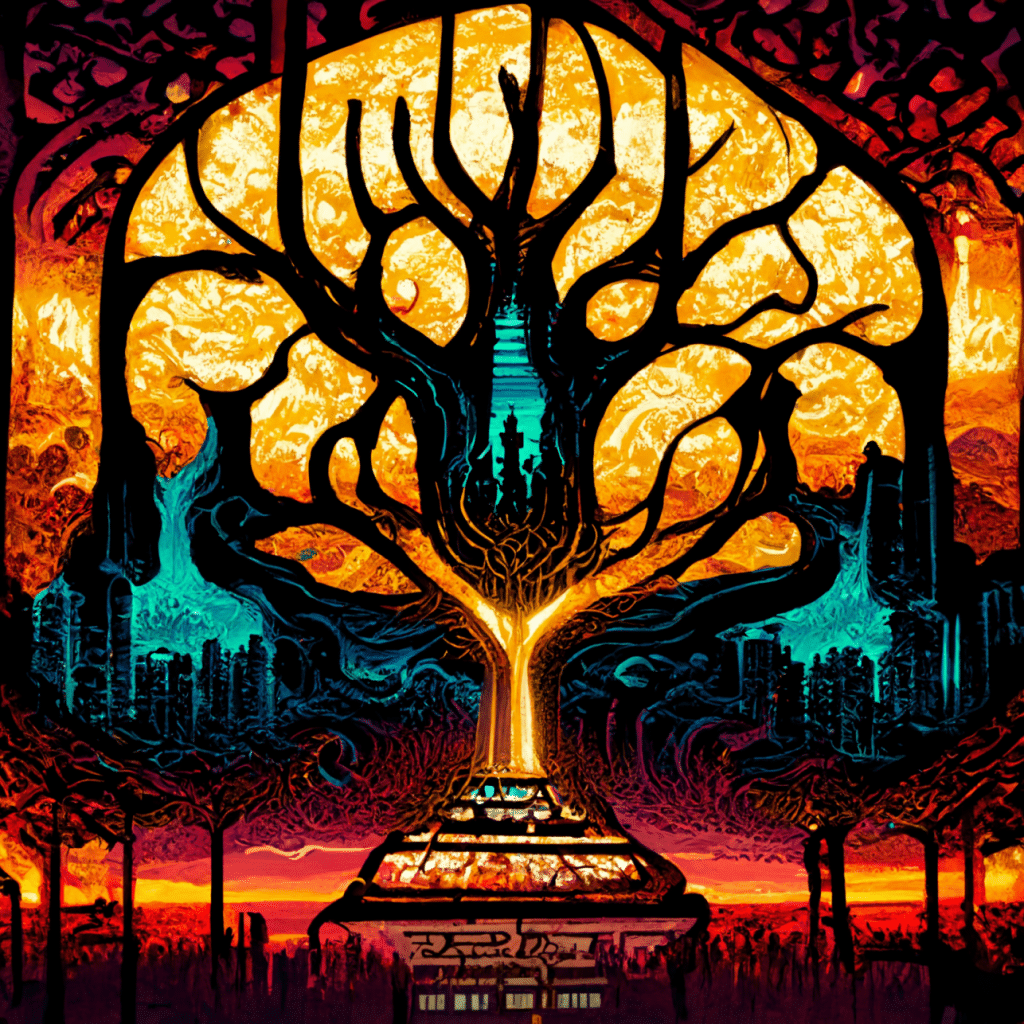Ethical Considerations In The Automated Creation Of Art With Midjourney

Executive Summary

With the rapidly growing popularity of Midjourney and other AI-powered creative tools, many ethical questions about the automated creation of art arise. This article examines several essential ethical considerations regarding AI-generated art, exploring the impact on artists, copyright and ownership, bias and representation, and the potential impact on society. By understanding these ethical implications, artists and policymakers can shape the future of AI-generated art.

Introduction
The advent of AI has revolutionized the artistic landscape, allowing for the creation of stunning and captivating images. As AI art generators become more sophisticated, questions about the ethics of using AI to create art have emerged. This article delves into the complex ethical considerations surrounding the automated creation of art with Midjourney, an AI-powered text-to-image generator. By analyzing these ethical implications, we aim to foster informed discussions and responsible practices in the rapidly evolving realm of AI-generated art.
FAQ
1. Does using AI to create art devalue the work of human artists?
2. Who owns the copyright to AI-generated art, the user or the AI system?
3. How can we address biases and ensure fair representation in AI-generated art?
Subtopics
Copyright and Ownership
The ownership of AI-generated art raises complex copyright and intellectual property issues.
- Authorship: Determining authorship in AI-generated art is challenging since the AI system plays a significant role in the creation process.
- Fair use: Establishing fair use guidelines for AI-generated art is essential to balance the rights of artists and the public.
- Commercialization: Exploring ethical considerations regarding the commercial use and monetization of AI-generated art is crucial.
Bias and Representation
Unbiased AI-generated art is essential for promoting inclusivity and avoiding perpetuating harmful stereotypes.
- Training data: Examining the impact of training data on the biases and representation in AI-generated art is vital.
- Algorithmic transparency: Demanding transparency in the algorithms used for AI art generation can help identify and mitigate biases.
- Human oversight: Integrating human oversight into the AI art generation process can ensure ethical decision-making and responsible representation.
Impact on Society
The widespread adoption of AI-generated art brings ethical implications for society.
- Job displacement: Considering the potential impact of AI art generators on the livelihoods of human artists is important.
- Authenticity and deception: Addressing the issue of authenticity and the potential for misrepresenting AI-generated art as human-created is crucial.
- Ethical guidelines: Establishing ethical guidelines for the responsible use of AI art generators can guide artists and users.
Conclusion
The ethical considerations surrounding the automated creation of art with Midjourney are complex and require thoughtful exploration. By addressing critical issues such as copyright ownership, bias and representation, and the impact on society, we can shape the future of AI-generated art responsibly and ensure it aligns with our ethical values. Understanding these ethical implications empowers artists, policymakers, and users to navigate the rapidly evolving realm of AI-generated art, fostering an environment that encourages creativity, innovation, and inclusivity.
Keywords
- AI-Generated Art
- Midjourney
- Ethical Considerations
- Copyright and Ownership
- Bias and Representation
